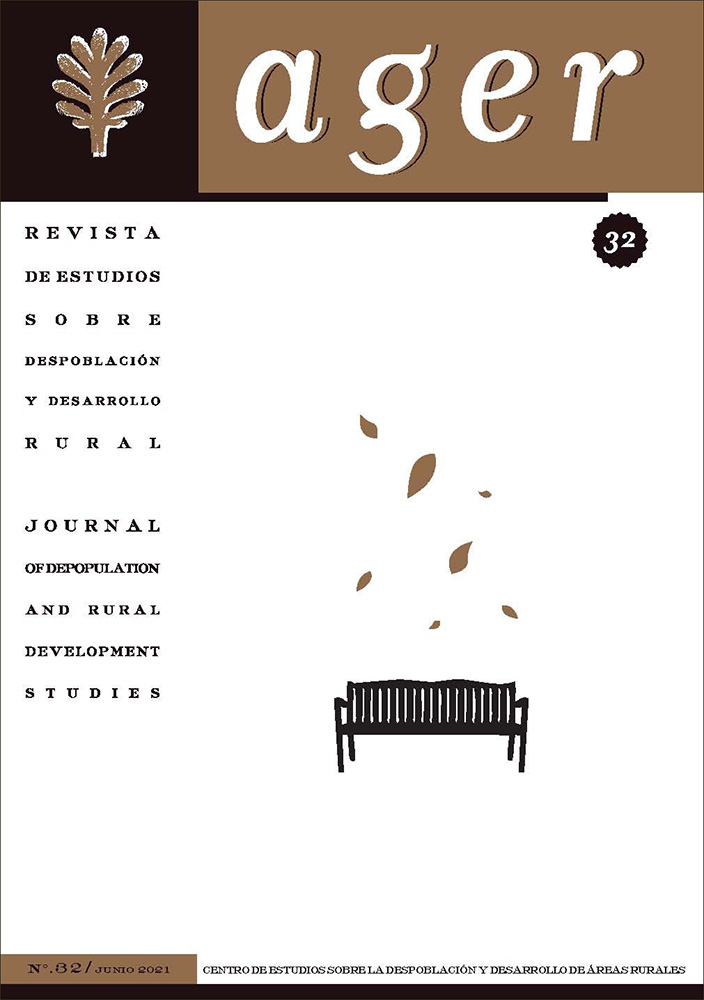Exploring the Evolutions of Historical Very Small Towns in Rural Change: A Focus on Their Socio-spatial Reconfigurations in Pays de Caux, France (1960-2020)
Resumen
En Europa, el medio rural se estructura en torno a ciudades muy pequeñas (Servillo et al., 2014) que desempeñan históricamente una función de abastecimiento en bienes y servicios para la población local. Estas centralidades rurales, poco estudiadas, padecen desde hace varias décadas procesos estructurales que ponen en tensión su función histórica en medios rurales y plantean dudas sobre su obsolescencia. Este artículo cuestiona esta potencial obsolescencia centrándose en la evolución de las características socio-espaciales de ciudades muy pequeñas desde los años 1960 mediante el estudio de la región rural del Pays de Caux (Normandía, al noroeste de Francia). Para ello, hemos desarrollado una metodología híbrida que entrelaza el análisis de fotografías aéreas antiguas, censos históricos y entrevistas a actores locales. Tres resultados principales sobresalen de este trabajo. En primer lugar, la distinción morfológica e histórica que diferenciaba ciudades muy pequeñas de pueblos es actualmente mucho más difícil de establecer. En segundo lugar, la composición social de la población activa de dichas ciudades, históricamente caracterizadas por una sobrerrepresentación de las categorías sociales superiores, se asemeja hoy en día a la de los pueblos. Finalmente, nuevas características socio-espaciales aparecen en sus centros, hecho que permite reconsiderar la función de estas centralidades rurales.
Publicado
Número
Sección
Licencia
Aquellos autores/as que tengan publicaciones con esta revista, aceptan los términos siguientes:
- Los autores/as conservarán sus derechos de autor y garantizarán a la revista el derecho de primera publicación de su obra, el cuál estará simultáneamente sujeto a la Licencia de reconocimiento de Creative Commons que permite a terceros compartir la obra siempre que se indique su autor y su primera publicación esta revista.
- Los autores/as podrán adoptar otros acuerdos de licencia no exclusiva de distribución de la versión de la obra publicada (p. ej.: depositarla en un archivo telemático institucional o publicarla en un volumen monográfico) siempre que se indique la publicación inicial en esta revista.
- Se permite y recomienda a los autores/as difundir su obra a través de Internet (p. ej.: en archivos telemáticos institucionales o en su página web), lo cual puede producir intercambios interesantes y aumentar las citas de la obra publicada. (Véase El efecto del acceso abierto).

